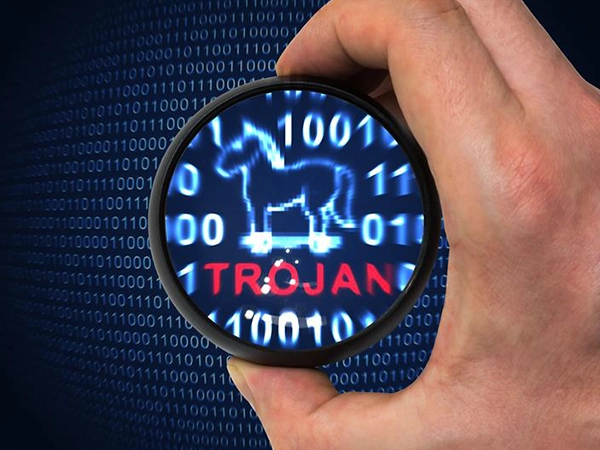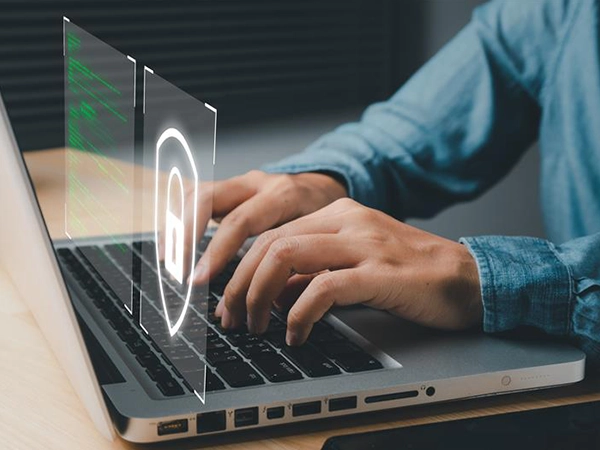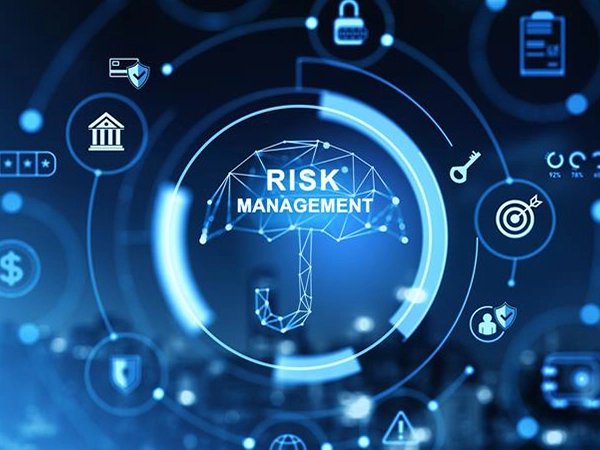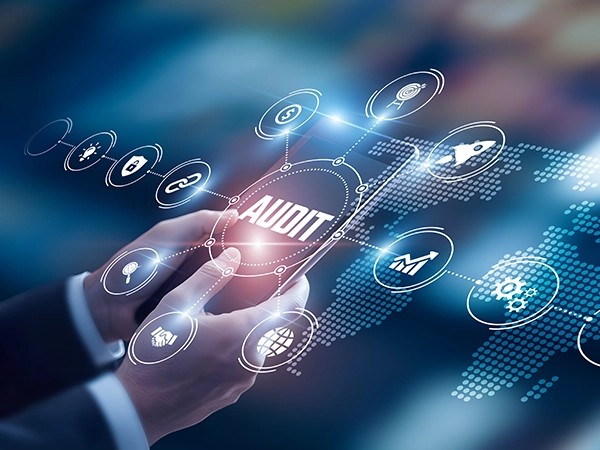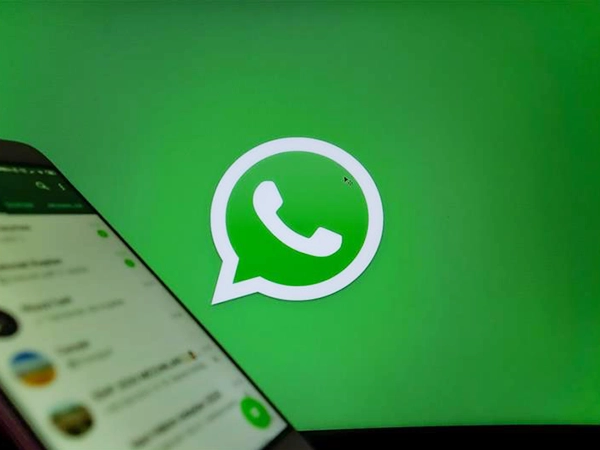Incident At a Glance: The 2025 SaaS Token Breach
- Incident: OAuth token theft targeting Salesforce & connected SaaS apps
- Vector: Compromise of third-party integrations, not user accounts
- Impact: Unauthorized data access without passwords or alerts
- Lesson: Every “connected app” is a potential supply-chain risk
- Action: Review connected apps, enable MFA, and limit integration scopes
If you’ve ever used apps like Salesforce, Slack, or Google Drive, you’ve used what’s called SaaS — Software as a Service. These are the cloud platforms that keep our messages flowing, our files synced, and our work life connected.
But in 2025, cybercriminals proved once again that convenience often comes with a cost. A series of cyber-attacks targeting Salesforce and other popular business tools showed how hackers can steal company data — not by breaking passwords, but by abusing the digital “connections” that link one service to another.
What Happened
In September 2025, global companies discovered that attackers had gained access to their Salesforce systems by stealing tokens — special keys that apps use to stay logged in and share data automatically.
These weren’t ordinary hacks. The criminals didn’t need to guess anyone’s password or trick employees with fake emails. Instead, they used stolen tokens from third-party apps connected to Salesforce to quietly enter dozens of organisations and copy sensitive data — all without raising alarms.
Think of it like this: You lock your house, but your trusted cleaning service keeps a spare key. If someone steals their key, your home is no longer safe, even though you never opened the door.
| Date / Phase | Event Summary |
| March–Aug 2025 | Attackers compromise third-party SaaS vendors linked to Salesforce. |
| Sept 2025 | Multiple enterprises detect data exfiltration via stolen OAuth tokens. |
| Oct 2025 | ShinyHunters leak stolen Salesforce data; FBI & CISA issue advisories. |
Why It’s a Big Deal
- It wasn’t the company that was hacked — it was their partner.
The attackers went after smaller third-party tools that were linked to big corporate accounts. Once inside, they could reach multiple organisations through one stolen connection. - No password required.
The hackers used existing “login tokens” that many apps use to stay connected. These tokens often don’t require extra verification like two-factor authentication (2FA), making them an attractive target. - Silent and fast.
Because the access looked legitimate, many companies only found out after noticing unusual data downloads or activity in their logs.
| Factor | Why It Matters |
| Partner breach | One vendor compromise cascades to multiple clients. |
| Token theft | Bypasses MFA; grants persistent, silent access. |
| Legitimate traffic | Makes detection through normal alerts difficult. |
How It Affects Everyone
You don’t have to run a business to be affected. Many of us connect apps every day — a fitness tracker linked to Google Fit, or a social-media manager linked to Instagram. If one of those apps gets hacked, your personal data could be exposed through that connection.
The modern internet runs on trust. Every time we click “Allow access” or “Connect with Google,” we’re granting a little piece of that trust. The Salesforce incident shows what can happen when that trust is broken.
What You Can Do
Here are simple steps anyone can take to reduce risk:
🔹 For Individuals
- Review and revoke old app permissions.
- Turn on two-factor authentication (2FA) everywhere.
- Keep devices and apps updated.
- Be cautious with “Sign in with Google/Facebook.”
🔸 For Organizations
- Audit all SaaS integrations and OAuth tokens.
- Apply least-privilege scopes to app connections.
- Enforce periodic token re-authorization.
- Monitor API and access-log anomalies.
- Train employees to verify third-party permissions.
The Bigger Picture
This incident is a reminder that cybercrime is evolving. Hackers no longer rely only on phishing emails or malware; they look for weak links in the vast web of digital connections we create every day.
Just like locking your doors isn’t enough if you hand out spare keys freely, digital safety today means managing who — and what — can access your information.
Cybersecurity isn’t just a technical issue anymore. It’s part of our daily life — and protecting it starts with awareness.
The Salesforce breach shows that modern security isn’t about walls — it’s about controlling the connections that pass through them. Every app, API, or “Sign-in-with” button expands your attack surface.
Final Thought
The Salesforce token incident of 2025 might have targeted companies, but the lesson applies to all of us:
Every connection we approve online is a door. Make sure you know who holds the keys.
References
- TechCrunch – “Salesloft says Drift customer data thefts linked to March GitHub account hack” (September 8, 2025)
https://techcrunch.com/2025/09/08/salesloft-says-drift-customer-data-thefts-linked-to-march-github-account-hack/
- BleepingComputer – “ShinyHunters starts leaking data stolen in Salesforce attacks” (October 2025)
https://www.bleepingcomputer.com/news/security/shinyhunters-starts-leaking-data-stolen-in-salesforce-attacks/
- Cloud Security Alliance – “The Salesloft Drift OAuth Supply-Chain Attack: Cross-Industry Lessons in Third-Party Access Visibility” (September 2025)
https://cloudsecurityalliance.org/blog/2025/09/25/the-salesloft-drift-oauth-supply-chain-attack-cross-industry-lessons-in-third-party-access-visibility
- DarkReading – “FBI Warns of Threat Actors Hitting Salesforce Customers” (September 2025)
https://www.darkreading.com/cyberattacks-data-breaches/fbi-warns-threat-actors-salesforce-customers
- CISA – “Known Exploited Vulnerabilities Catalog Update (September 2025)”
https://www.cisa.gov/known-exploited-vulnerabilities-catalog






